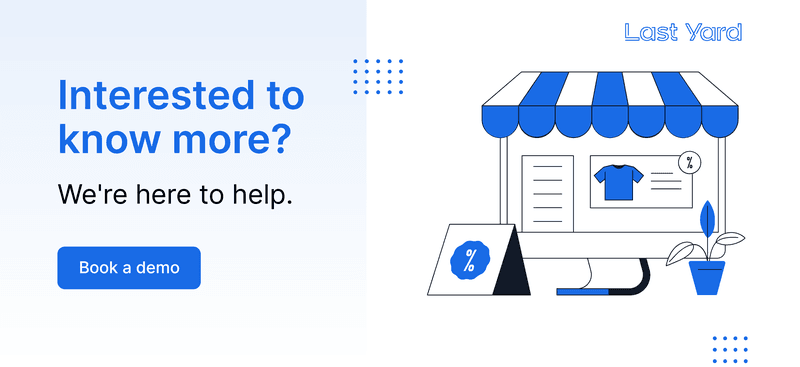Retailers have built increasingly sophisticated tech stacks. Tools for pricing, promotions, inventory, planograms, and media. Individually, each system does its job. But together? They don’t always enhance the overall retail experience customers expect, and that’s where the real challenge begins.
Disjointed Systems = Broken In-Store Experience
You’ve planned the campaign, aligned the pricing, and launched the creative. But in-store, labels are not updated. Digital screens show the wrong offer. Staff are printing—or worse, drawing signage manually to catch up whenever mistakes arise.
When this happens, it affects the business in multiple ways:
- Customers lose trust when the shelf doesn’t match the screen.
- Promotions fall flat when execution lags behind approval.
- Store teams are overwhelmed by last-minute fixes.
- Marketing and operations lose visibility on what’s live and left in-store
- Food and produce waste, which results in a loss of potential revenue
This is more than an operational or process problem. The root issue with having a disjointed retail tech stack affects your store reputation, customer experience, and eventually store performance across the network.
What If Your Systems Could Work Together, Not Just Next to Each Other?
Retailers don’t need more systems. They need their existing ones to work better together. That’s where Last Yard fits in: a layer that connects pricing, media, inventory, and promotions so everything planned centrally is executed consistently, store by store, in real-time.
With this in place, you can:
- Push updates to shelf-edge labels, ESLs, and screens—instantly
- Localise offers based on inventory levels, campaign triggers, or region
- Deliver signage that’s accurate, timely, and always on-brand
- Free store teams from manual fixes, so they can focus on customer interactions
- Operate with one platform that gives you visibility and control across the network
The next question is, how do we fix this? We understand today’s architecture is designed to be modular, composable, and API-first. That’s why Last Yard is built to integrate, not interrupt.
Designed to Fit Into Your Tech Stack, Not Compete With It
The Last Yard platform connects with your existing stack, including pricing engines, ERP, POS, planogram tools, digital signage, and ESL systems. It adapts to your workflows, respects your data model, and gives you control over what gets published, when, and where.
You gain:
- Seamless interoperability across systems without custom rework
- Governance and approval workflows that support scale
- Real-time visibility into execution at the store level
- A centralised way to coordinate what the customer sees, across every channel
For tech teams and architects, this means fewer point solutions, tighter orchestration, and a final-mile layer that strengthens, not complicates, your ecosystem.
Making Retail Systems Work Together Where It Matters Most
Your retail tech stack can be best-in-class, but if execution at the shelf falls short, customers are the first to feel it. What could have been a successful campaign or product launch can quickly unravel in that final moment, when consistency slips and trust is broken.
That’s where Last Yard comes in. Not by adding complexity, but by helping the systems you already have work better together, ultimately supporting business growth and aligned with your core business goals.


